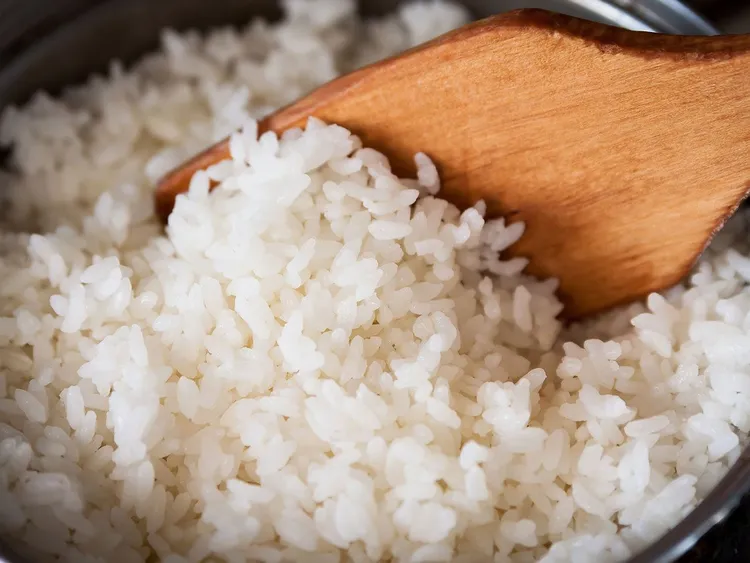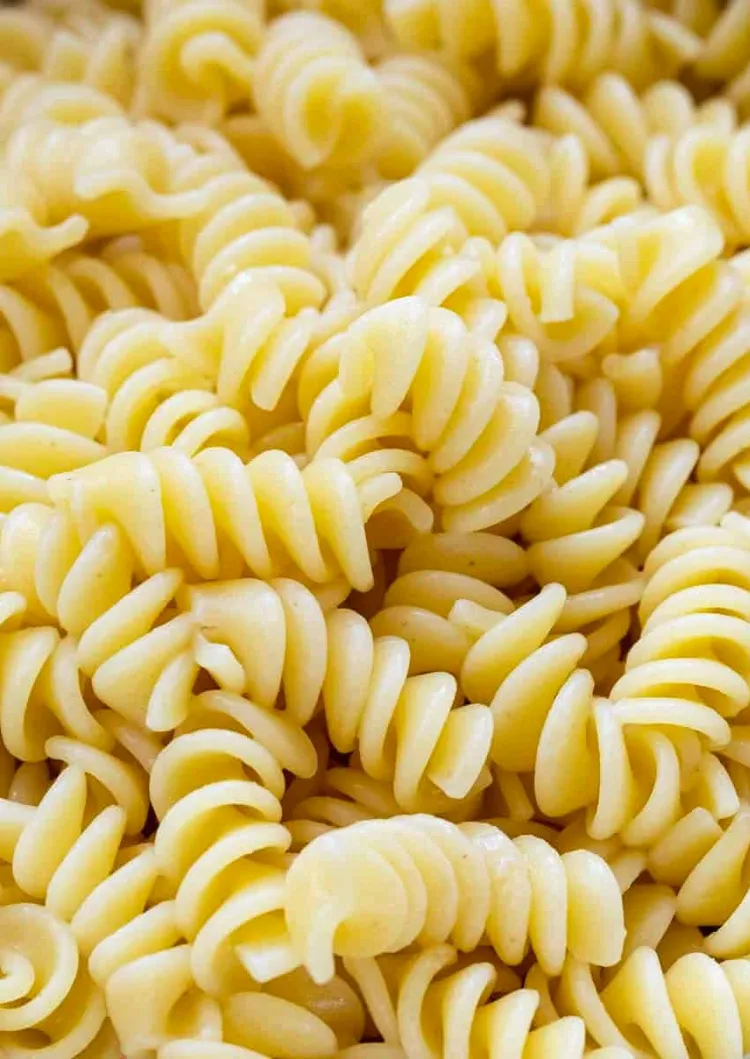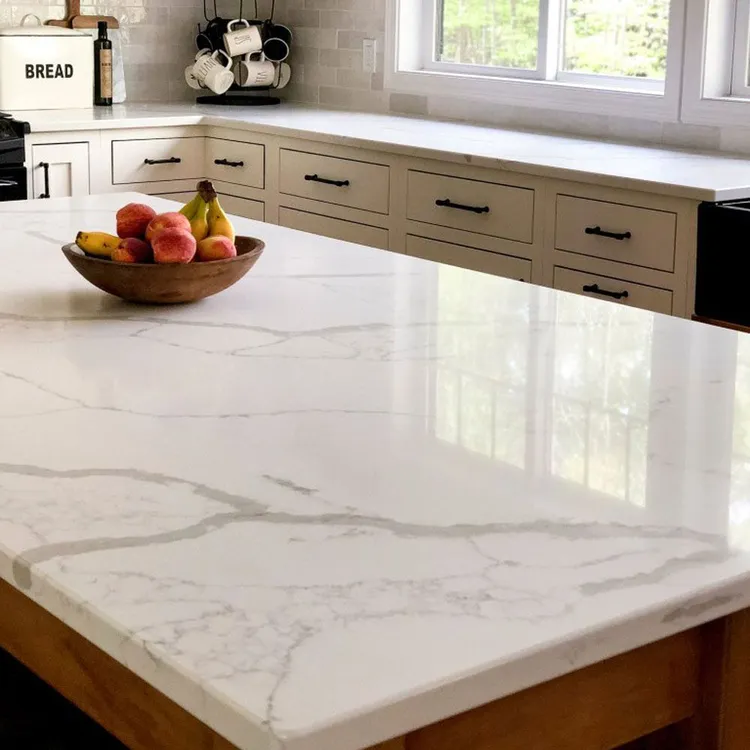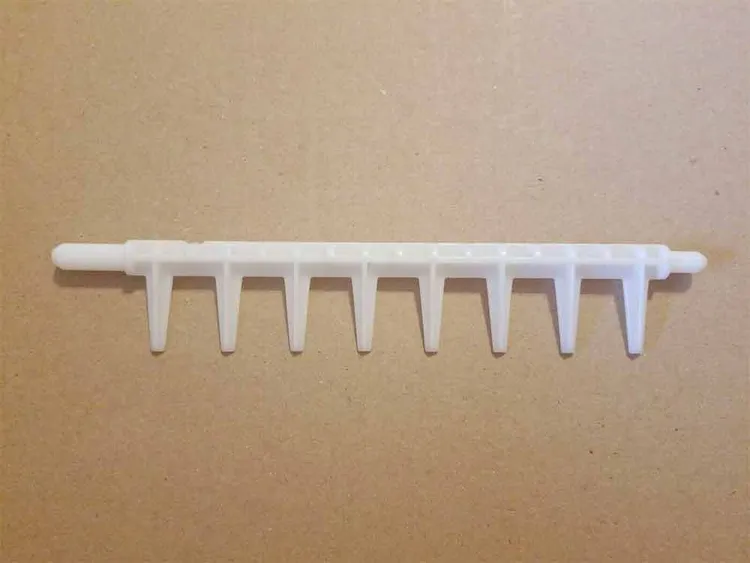Our recommendations are made independently through Research & Testing. We may receive commissions from purchases made via our links.
How to Defrost Chicken
Defrosting a chicken is a more complicated process than it seems. In this guide, we’ll show you how to defrost chicken as quickly and safely as possible.
The question of “How to defrost chicken?” is more complicated than it appears at first glance.
Defrosting is more than just bringing the meat’s temperature down so that you will have an easier time cooking. The way that you defrost will also affect how safe it is for consumption. It’s easier than most people think to contract a foodborne illness from improperly defrosted food.
In this article, we’ll show you how you can defrost your chicken in a quick, but more importantly, safe manner.
How Dangerous Is Improperly Defrosted Chicken?
Raw or undercooked chicken harbors a lot of bacteria. According to the USDA, four kinds of bacteria commonly found on raw or undercooked poultry are Salmonella enteritidis, Staphylococcus aureus, Campylobacter jejuni, and Listeria monocytogenes.
All four of them can cause variations of food poisoning. A good majority of people will be sick. However, in many cases, infections can be serious enough to kill.
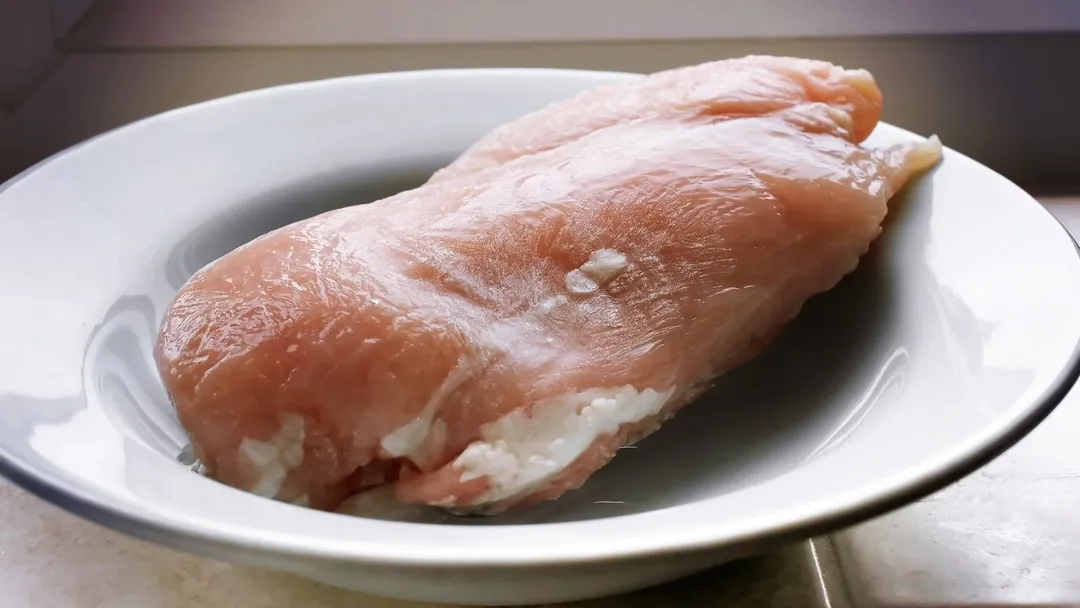
It’s also important to note that freezing does not kill bacteria. Instead, cold temperatures will put them in a low-activity state. When the chicken warms up to anywhere between 40°F and 140°F, the bacteria will return to work and multiply quickly.
This is why between 40°F and 140°F is commonly referred to as the “danger zone”. You do not want the temperature of any part of your chicken to stay in this range for too long.
The Best Ways to Defrost Chicken
Officially, there are four USDA-approved ways to defrost your chicken.
1. Defrosting Chicken in the Refrigerator
This is the first and most recommended method.
The cool temperature inside of the fridge will allow your chicken to consistently and evenly thaw. Furthermore, most refrigerators are set at or below 40°F, below the danger zone for bacteria growth.
These two advantages easily make this the safest way on the list to defrost a chicken.
But it’s not without flaws. Thawing your chicken in the fridge is going to take quite a lot of time. Even a small chicken will take a full day to defrost. If you’re committed to this method, it’s important to plan ahead.

Step 1: Transfer the Chicken
Transfer your chicken from the freezer to the fridge one full day before you have to cook it.
If the chicken is still in its original packaging from the store, great, you can store it in the fridge as it is. If you already removed the packaging, put the chicken into a bowl and cover it up with plastic wraps.
The wrapping will prevent the dirty drippings (which could be loaded with bacteria) from contaminating other foods in the fridge. It will save you the hassle of having to clean out the fridge once you’re done, too.
Put the chicken on the bottom shelves of the fridge. Cold air sinks, so the bottom is where it’s going to be the coldest in your fridge. The cold will keep bacterial growth under control.
Step 2: Wait It Out
Give the chicken at least 24 hours to defrost.
Once it has defrosted, the chicken can be kept in the fridge for an additional 1 to 2 days. Take it out and cook within this span of time.
2. Defrosting Chicken in Cold Water
If you require same-day defrosting, this method will do the trick.
The basic principle is to package the chicken in a watertight bag, then dip it into a bath of cold tap water. Although the water is cold, it is still a lot warmer than the chicken’s frozen temperature. Over the course of a few hours, the chicken will slowly but surely warm up and come out of its frosting state.

Here are the step-by-step instructions:
Step 1: Package Your Chicken
The original packaging that your chicken comes in most likely won’t do. Unwrap it and transfer the chicken to a watertight bag. A Zip-Loc bag will do the job. Just make sure to seal it tightly.
Step 2: Prepare the Water
If you’re not going to use the sink for anything that day, you can use it to defrost your chicken. Otherwise, use a large container (such as a pot).
Fill it with cold tap water. Ideally, the water temperature should be at 70°F or lower. You can check it with a thermometer.
If your tap water is too warm, drop a few ice cubes in to quickly lower the temperature.
Step 3: Submerge the Chicken
With the chicken tightly sealed up in the bag, lower it into the water.
Depending on the weight of your chicken, defrosting time is going to be different. A pound worth of chicken will take around 1 hour to defrost. If you have a heavier package (3-4 pounds), it could take 2 or more hours.
Step 4: Change the Water Every 30 Minutes
This step is incredibly important. The water will only remain cold for a while and will quickly warm up to room temperature. If you leave it like that for too long, the temperature of the water (and your chicken) will pass into the bacterial danger zone.
It’s crucial that you change the water every 30 minutes to ensure a consistent and safe temperature.
Step 5: Cook Immediately
Unlike in the fridge, by the time the chicken is defrosted, it will be relatively warm already. As soon as it is ready, cook the chicken immediately or bacteria is going to take over.
3. In the Microwave
This is by far the quickest way to defrost your chicken. If you have a 5-pound chicken you need to defrost, it takes only 10 minutes for the microwave to bring it up to temperature.
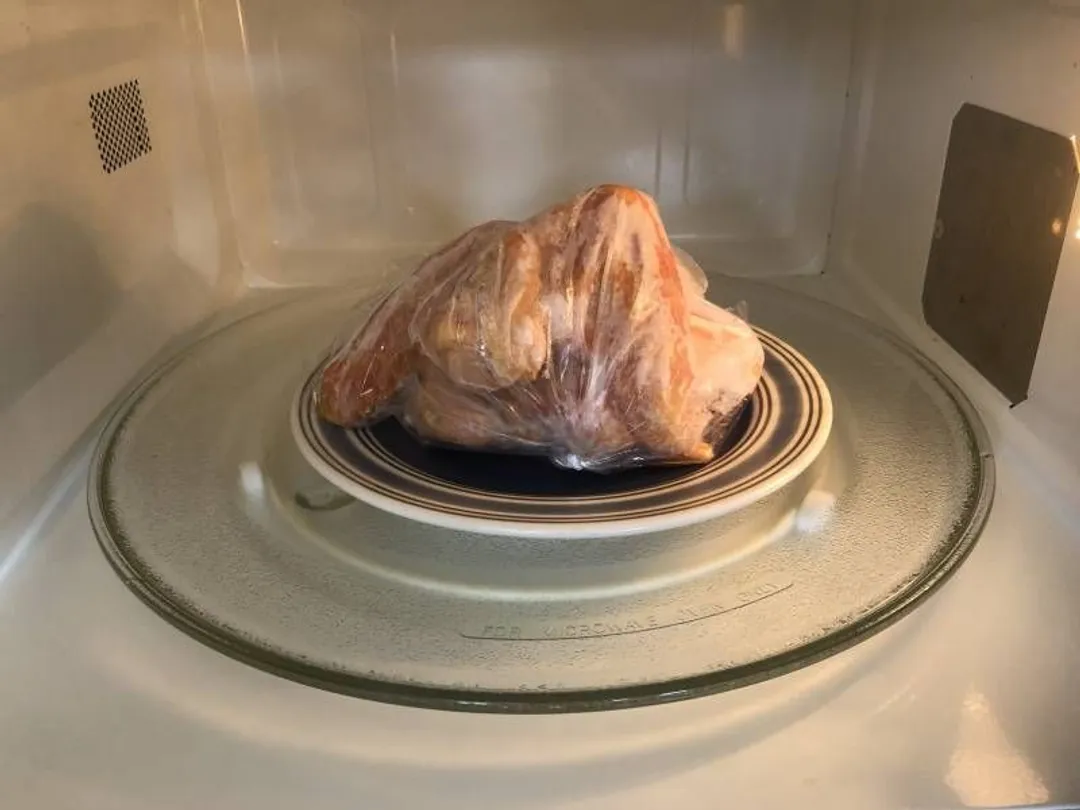
While it is truly the quickest, there are good reasons why it’s not the best.
The microwave’s heat is very intense. It is strong enough that if you accidentally kept the chicken inside for too long, it could straight out cook your chicken. As such, time the defrosting time carefully.
Additionally, the microwave heats things very unevenly. Your chicken will have a few spots that are piping hot, while some others that are cold. For this reason, the moment it has finished defrosting, you must cook the chicken immediately. The temperature at a couple of parts will undoubtedly be warm enough for bacteria to grow unchecked.
Step 1: Weigh Your Chicken
We recommend heating for 2 minutes per pound of chicken. If you have a 5-pound chicken, heat it for 10 minutes.
Step 2: Microwave It
Set your microwave to Defrost, set the timer, and wait.
Step 3: Cook Immediately
As we said, the moment the chicken is sufficiently warmed up, take it out of the microwave and cook immediately. Don’t dawdle.
4. Not Defrosting At All
The fourth way isn’t really a “defrosting method” per se. It may surprise a lot of people, but according to the USDA, it is perfectly okay to cook a chicken without defrosting.
Although the cooking time is definitely going to be longer (up to 50% longer), there are loads of benefits to doing this.

Firstly, even with a 50% cooking time, it’s still going to be a lot quicker than, say, defrosting in the refrigerator. As you already know, defrosting in the fridge is an all-day affair.
Secondly, when you cook a frozen chicken, it spends very little time (only a few minutes) in the danger zone. It’s significantly better from a food safety perspective to cook your chicken in this manner.
However, aside from the long cooking time, cooking a frozen chicken straight has a second disadvantage. Specifically, you’re much more limited in terms of how you can cook it.
The best way to cook a frozen chicken is with an oven. You may also simmer it on the stovetop, pressure cook, or air fry it.
Do not attempt to smoke, grill, or slow cook. These methods cook up the chicken relatively slowly and unevenly. Bacteria can grow within the chicken as a result.
Conclusion
As you can see, though the steps are relatively simple, the theories of how to defrost chicken are quite complicated. We hope this short guide is going to be helpful for you in the kitchen from now on!
Authors
Luna Regina is an accomplished writer and author who dedicates her career to empowering home cooks and making cooking effortless for everyone. She is the founder of HealthyKitchen101.com and HealthyRecipes101.com, where she works with her team to develop easy, nutritious recipes and help aspiring cooks choose the right kitchen appliances.

